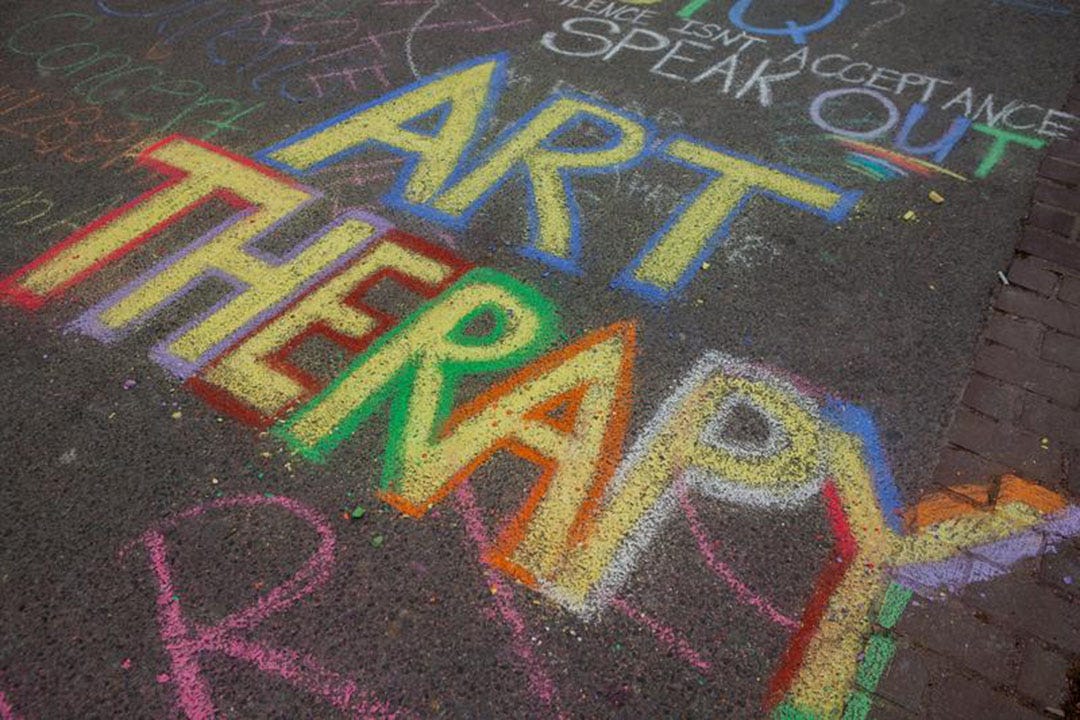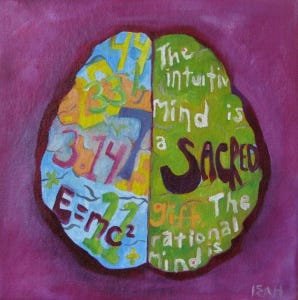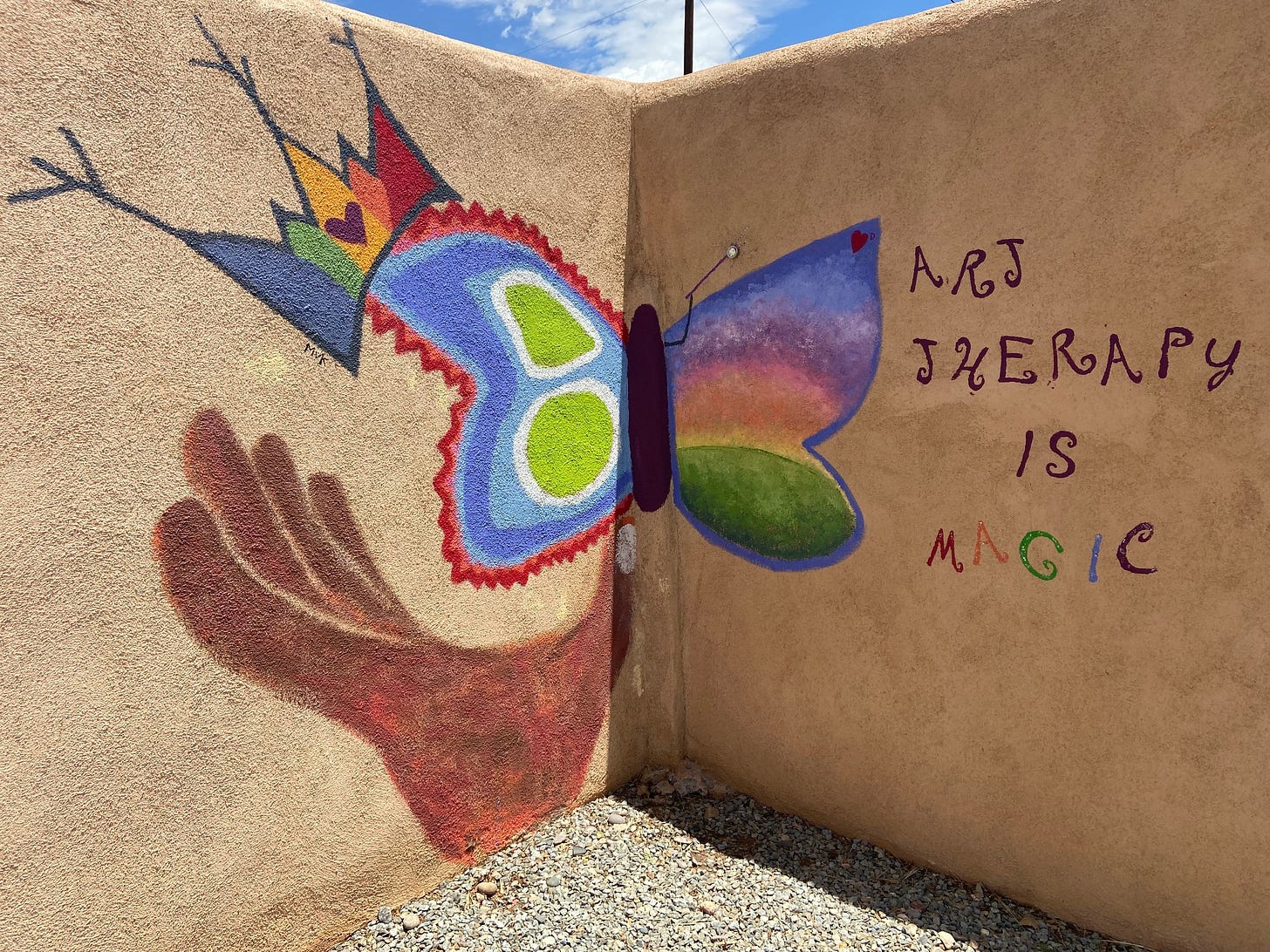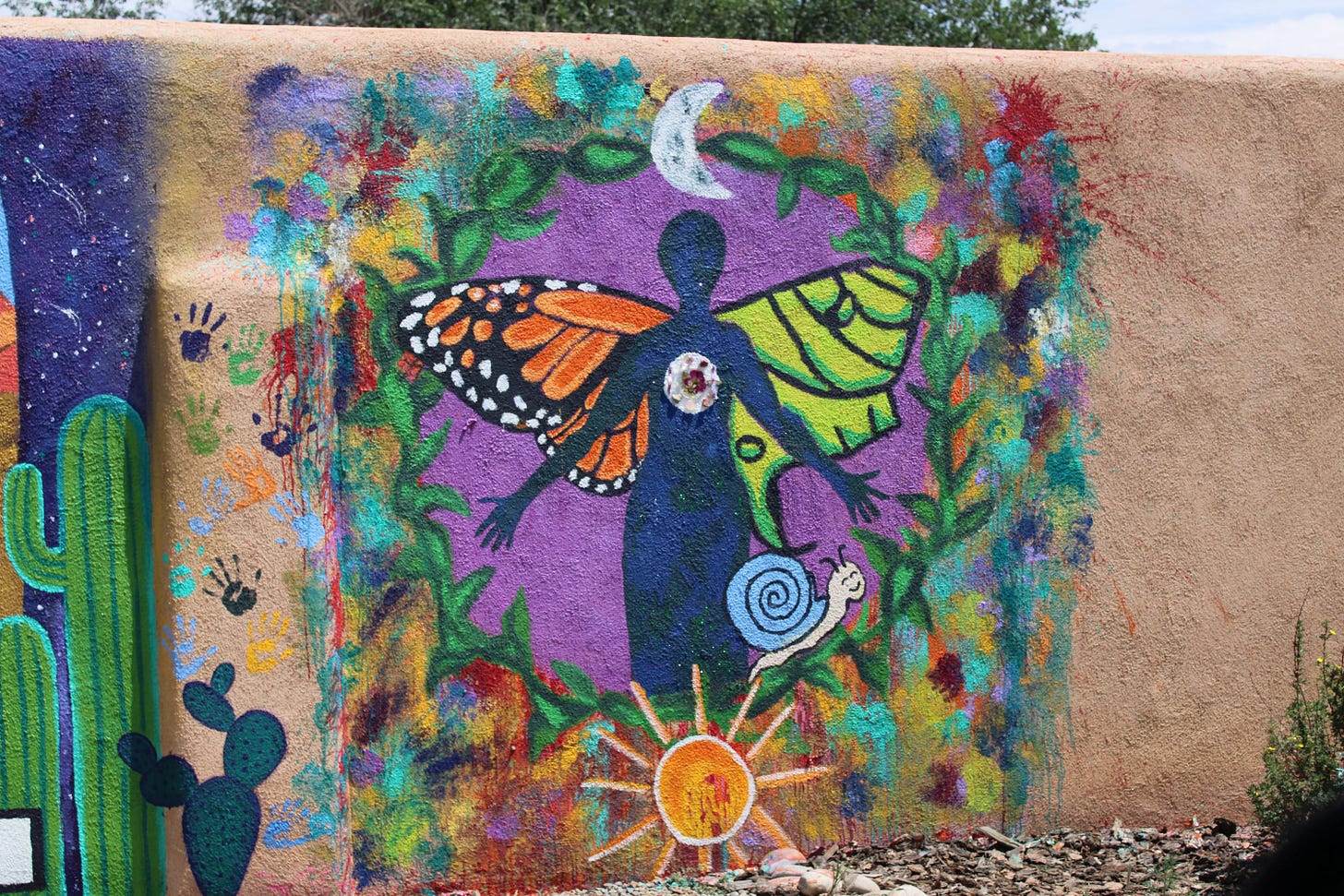
Throughout history, art has been more than mere aesthetic expression; it has been a transformative process that fosters healing and renews communities. John Dewey’s Art as Experience establishes art as a dynamic force that deepens personal understanding while nurturing communal bonds (Dewey). In recent decades, the emergence of creative arts therapies, including painting, music, dance, drama, and writing, has provided new methods for addressing psychological distress and promoting social solidarity. Research shows that art therapy helps individuals externalize internal conflicts, reconstruct personal narratives, and regain control over their lives (Malchiodi 8–10). Simultaneously, community art projects and public exhibitions offer platforms for marginalized voices and collective healing, thereby advancing social justice and civic engagement (Potash 48–58; Reuters).
Art therapy has proven to be an effective intervention in mental health care by combining creative expression with psychotherapeutic principles. The process of art making enables individuals to communicate complex emotions nonverbally, offering a pathway to insight and catharsis. Cathy Malchiodi’s work demonstrates that the creative process allows people to visualize and reframe internal conflicts, ultimately fostering emotional integration and resilience (Malchiodi, The Art Therapy Sourcebook 8–10). Empirical studies reveal that participation in art therapy can reduce symptoms of anxiety and depression, improve mood, and boost self-esteem. For instance, Stuckey and Nobel’s review in the American Journal of Public Health finds significant links between creative engagement and reduced stress (Stuckey and Nobel 254–63).

Neuroscientific research supports these findings by showing that artistic activities engage multiple brain regions involved in emotional regulation, sensory processing, and cognitive restructuring (Karkou et al. 2525). These studies suggest that art therapy may function as a neuroplastic intervention, helping to rewire brain networks to promote healthier emotional responses. Art therapy is especially beneficial for those with trauma histories; individuals suffering from PTSD or chronic depression often find that visual and kinesthetic expression bypasses the limitations of language, enabling access to repressed memories and emotions (Malchiodi; Dewey).
Group-based art therapy further enhances these benefits. As participants witness the evolution of their creative output over time, they develop a coherent “visual narrative” that reinforces their sense of identity and agency. This process, combined with the mutual support found in group settings, can lead to lasting improvements in interpersonal relationships and overall well-being.
Additional research by Bruce Moon reinforces that creative expression not only alleviates emotional distress but also serves as a form of existential inquiry; a way to explore and affirm one’s inner self (Moon, Art and Soul 155). In this way, the healing effects of art therapy are multifaceted and deeply embedded in the interplay of emotion, cognition, and embodied experience.

Art practices extend beyond individual recovery to become potent agents of social transformation. Public art initiatives, such as community murals, performance art, and interactive exhibitions, enable collective expression and foster civic dialogue. Art therapists like Jordan Potash argue that by acting as intermediaries between personal narratives and public discourse, they help communities articulate shared experiences and mobilize social action (Potash 48–58).
The theoretical basis for art’s social potential is rooted in Dewey’s assertion that art is inherently experiential and participatory (Dewey). This view underpins contemporary models that see art as a conduit for social justice. For example, initiatives in Neuchâtel, Switzerland, where doctors now prescribe museum visits and garden strolls to boost mental well-being, demonstrate how cultural engagement can reduce isolation and stimulate collective healing (Reuters). These public health interventions, which weave art into everyday life, clearly illustrate the reciprocal benefits of personal healing and community engagement.
Community-based art projects also offer marginalized populations a platform to reclaim their voices and challenge oppressive structures. Collaborative projects, such as public murals, allow community members to share lived experiences and negotiate identities in a supportive space. Research by Sarah Wilkie on community mural making shows that such initiatives can enhance belonging, empower individuals, and even influence local policy by drawing attention to social inequities (Wilkie). Through this process of “collective narrative building,” art validates personal pain and galvanizes communal resilience and advocacy.

Art’s symbolic power plays a critical role in social change. Imagery and metaphor allow art to externalize internal struggles and invite viewers to reflect on shared social issues. Karkou et al. note that creating symbolic visual narratives in art therapy can spark dialogue on discrimination, injustice, and cultural marginalization (Karkou et al. 2525). Additionally, Malchiodi’s Expressive Therapies (2003) and Van Lith and Ettenberger’s work in BMC Complementary Medicine and Therapies (2023), further demonstrate that art-based interventions improve quality of life on both personal and community levels. These studies reinforce the idea that art is a vital component of holistic public health strategies.
While personal healing and social change may seem distinct, they are closely intertwined. The transformation of individual trauma through art therapy can produce empowered citizens who are more capable of engaging in social activism. Group art therapy sessions not only promote personal recovery but also build community bonds, enabling participants to address broader social issues collectively. Van Lith and Ettenberger (2023) emphasize that when art is used in a communal setting, its benefits extend beyond the individual to create a network of support that fuels social transformation.

This integrated approach is evident in initiatives that incorporate cultural engagement into mental health care. Programs that encourage museum visits and public art participation acknowledge that art’s benefits reach both individual and societal levels. By creating environments that support emotional healing and promote civic engagement, such interventions demonstrate how art can bridge personal recovery and community development (Reuters). Art-based community projects provide a platform for marginalized groups to challenge societal norms and advocate for change, as highlighted by research from Potash (2011) and Malchiodi (2003).
Responsive art-making, as described by Moon, illustrates how both the process of creation and the communal sharing of art lead to improvements in mental health and social cohesion (Moon, Art and Soul). The convergence of personal and social transformation suggests that creative expression not only redefines individual identity but also reshapes community dynamics.

Studies clearly show that therapeutic art practices are effective in both healing individuals and driving social change. They consistently indicate that art therapy reduces anxiety, depression, and trauma while boosting self-esteem and emotional regulation (Stuckey and Nobel; Malchiodi). At the same time, community-based art projects provide a mechanism for marginalized groups to share their experiences, build social connections, and advocate for justice (Potash; Wilkie).

However, challenges remain. The diversity of art therapy interventions, from one-on-one sessions to large-scale public art projects, makes it difficult to standardize protocols and measure outcomes. The subjective nature of art and individual variability in creative expression further complicate quantification. Moreover, successfully integrating art therapy into established healthcare and social service systems demands strong interdisciplinary collaboration among clinicians, policymakers, and community organizers.
Future research should aim at long-term, multi-site studies that evaluate the impact of art-based interventions on individual mental health and community-level social indicators. Interdisciplinary efforts are needed to uncover the neurobiological mechanisms behind creative expression and to explore how public art initiatives can be scaled for broader benefit. Expanding educational programs and credentialing standards, as promoted by organizations like the American Art Therapy Association, will be critical for increasing the acceptance and application of art therapy in both clinical and community settings.

Therapeutic art practices offer a dynamic and holistic approach that bridges personal healing with social transformation. Whether through individual art therapy sessions or collaborative community projects, creative expression provides a powerful means for processing trauma, building resilience, and fostering social cohesion. As evidence shows, the benefits of art extend from the individual to the societal level, making it an essential tool in promoting emotional, cognitive, and cultural well-being. Continued interdisciplinary research and proactive policy initiatives are vital to further integrate art therapy into public health and social justice frameworks, ensuring that art remains a critical resource for healing and transformation in today’s complex world.
References:
Cohen, Cathy, et al. Expressive Therapies. Guilford Press, 2003.
Dewey, John. Art as Experience. Minton, Balch, and Company, 1934.
Jones, Phil. The Arts Therapies: A Revolution in Healthcare. Routledge, 2005.
Karkou, Vicky, et al. From Therapeutic Factors to Mechanisms of Change in the Creative Arts Therapies: A Scoping Review. Frontiers in Psychology, vol. 12, 2021, article 2525, doi:10.3389/fpsyg.2021.2525.
Malchiodi, Cathy A. The Art Therapy Sourcebook. 2nd ed., McGraw-Hill, 2007.
Moon, Bruce L. Art and Soul: Reflections on an Artistic Psychology. 2nd ed., Charles C. Thomas, 2004.
Potash, Jordan. Art Therapists as Intermediaries for Social Change. Journal of Art for Life, vol. 2, no. 1, 2011, pp. 48–58.
Reuters. Art as Therapy: Swiss Doctors Prescribe Museum Visits. Reuters, 12 Mar. 2025, www.reuters.com/business/healthcare-pharmaceuticals/art-therapy-swiss-doctors-prescribe-museum-visits-2025-03-12/.
Stuckey, Heather L., and Jeremy Nobel. The Connection Between Art, Healing, and Public Health: A Review of Current Literature. American Journal of Public Health, vol. 100, no. 2, Feb. 2010, pp. 254–263, doi:10.2105/AJPH.2008.156497.
Van Lith, Theresa, and Mark Ettenberger. Arts-Based Therapies, Practices, and Interventions in Health. BMC Complementary Medicine and Therapies, vol. 23, article 351, 2023, doi:10.1186/s12906-023-04177-4.
Wilkie, Sarah. An Exploration of Community Mural Making in the Context of Art Therapy and Social Action: A Literature Review. Expressive Therapies Capstone Theses, Lesley University, 2018, digitalcommons.lesley.edu/expressive_theses/71.




In particular I have found projects worked on as community murals have been very cathartic and affirming to diversity and acceptance of each other’s unique qualities, be they emotional or psychiatric sensitivities or physical disabilities. Communal healing is truly a kind of therapy our civil systems and governance have undervalued.